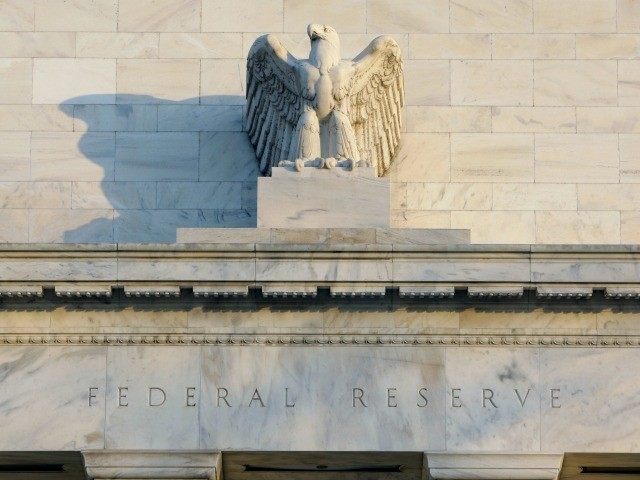Federal Reserve policymakers meet Tuesday and Wednesday, and markets are looking for clues about when Chairwoman Yellen will raise short term interest rates. However, globalization makes that decision far less important for the economy and stock prices than in years past.
The Fed has good reason to want higher rates.
Rock bottom interest rates make longer term bank lending to businesses less profitable and risky—when interest rates rise again, banks take losses on longer term loans still on their books.
Instead, very low rates encourage banks to finance trading in commodities and securities and private equity deals—those flip assets and repay loans quickly but add little economic growth.
Yet, as the Fed attempts to raise rates, both the U.S. economy and global markets will push back.
Much has been said about an improving jobs market and retail sales, but the May surge in employment seems more likely a temporary bounce from the cold and snowy winter.
Stronger May retail sales were significantly driven by new car purchases and rising gasoline prices. Larger monthly payments to service auto loans and the continuing surge in fuel prices will constrain future increases in consumer spending.
Overall, the economy is returning to moderate—hardly robust—growth and can hardly bear substantially higher medium and longer term interest rates—especially in the key auto and housing sectors. However, these days globalization curbs Fed effort to raise those rates.
The Fed’s principle policy tool is its ability to virtually set the banks’ overnight borrowing rate—the federal funds rate. However, the overall effectiveness of Fed policy importantly depends on whether increasing that rate significantly pushes up rates on mortgages, corporate and municipal bond and other longer term borrowing. In turn, whether higher bond rates push investors from stocks into bonds—heading off any emerging bubble in equity markets.
Those longer rates peg off the rate on 10-year Treasury securities, but from June 2004 to June 2006, when Ben Bernanke increased the federal funds rate from 1 to 5.25 percent, the 10-year Treasury rate rose only 0.6 percentage points to 5.22 percent.
Simply, Bernanke’s efforts to raise long rates and curb bubbles in real estate and equity markets were frustrated by global investors.
Unlike the days of Paul Volcker, Alan Greenspan and earlier Fed Chairmen, the euro—not the dollar—finances much of the international trade and investment transactions among European nations. The yen and yuan have gradually displaced the dollar as the currency of choice in Asia.
The dollar—actually U.S. Treasury securities—has become just another investment asset—like bonds issued by the German and Japanese governments.
Currently, the European and Asian central banks are all pursuing aggressive low interest rate policies, aimed at cheapening their currencies against the dollar and boosting exports to the United States.
As 10-year Treasury rate attempts to rise with an increase in the federal funds rate, investors will rush out of lower-paying Asian and European government bonds into Treasuries.
Fed policymakers will learn that just as General Motors can’t raise prices without considering pricing at Toyota, the Fed can’t push up the price of money where it counts—the 10-year Treasury rate—without heeding what foreign central banks are doing.
Ultimately the Fed will be frustrated in its efforts to significantly push up 10-year Treasury, mortgage and corporate bond rates and moderate the pace of home buying and corporate borrowing—for example to buy back shares and boost stock prices.
If they are crafty, non-bank firms that finance much of the new car buying—like GM Financial— will use longer term bonds to keep auto loan rates from rising too much.
The Fed is simply becoming less relevant these days, because the U.S. economy and the dollar, though still important, no longer dominate the global economy.
Peter Morici is an economist and business professor at the University of Maryland, and a national columnist. He tweets @pmorici1.

COMMENTS
Please let us know if you're having issues with commenting.